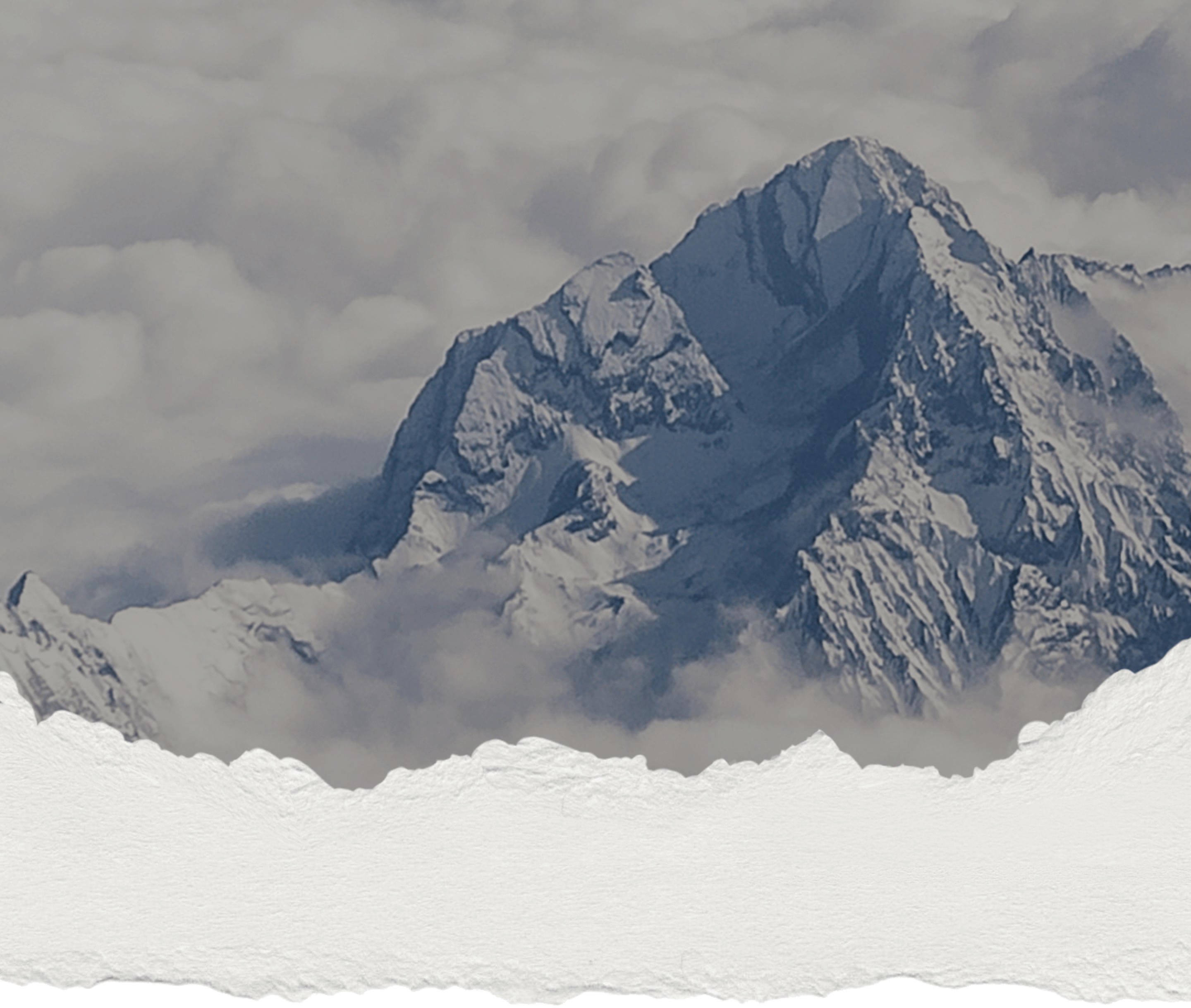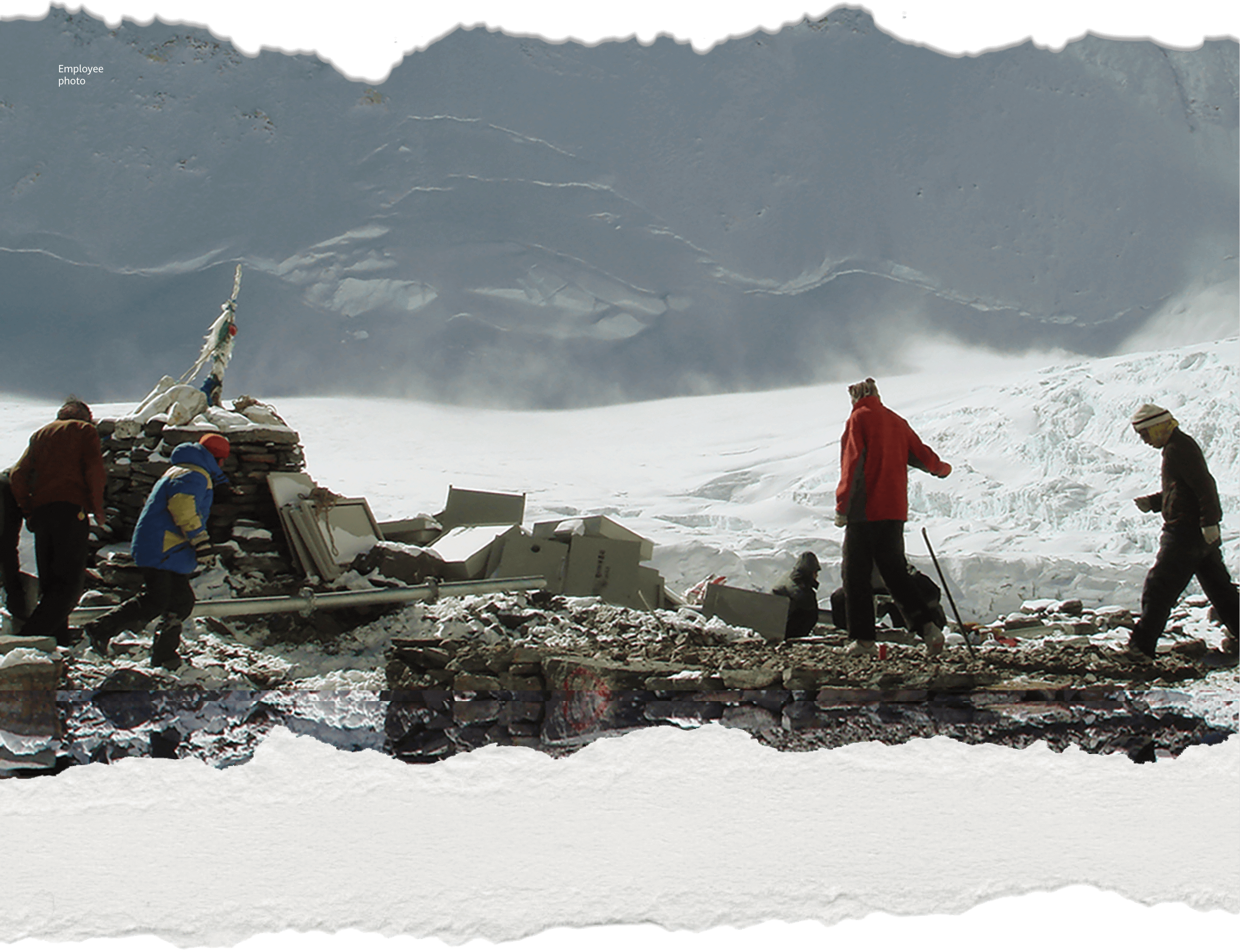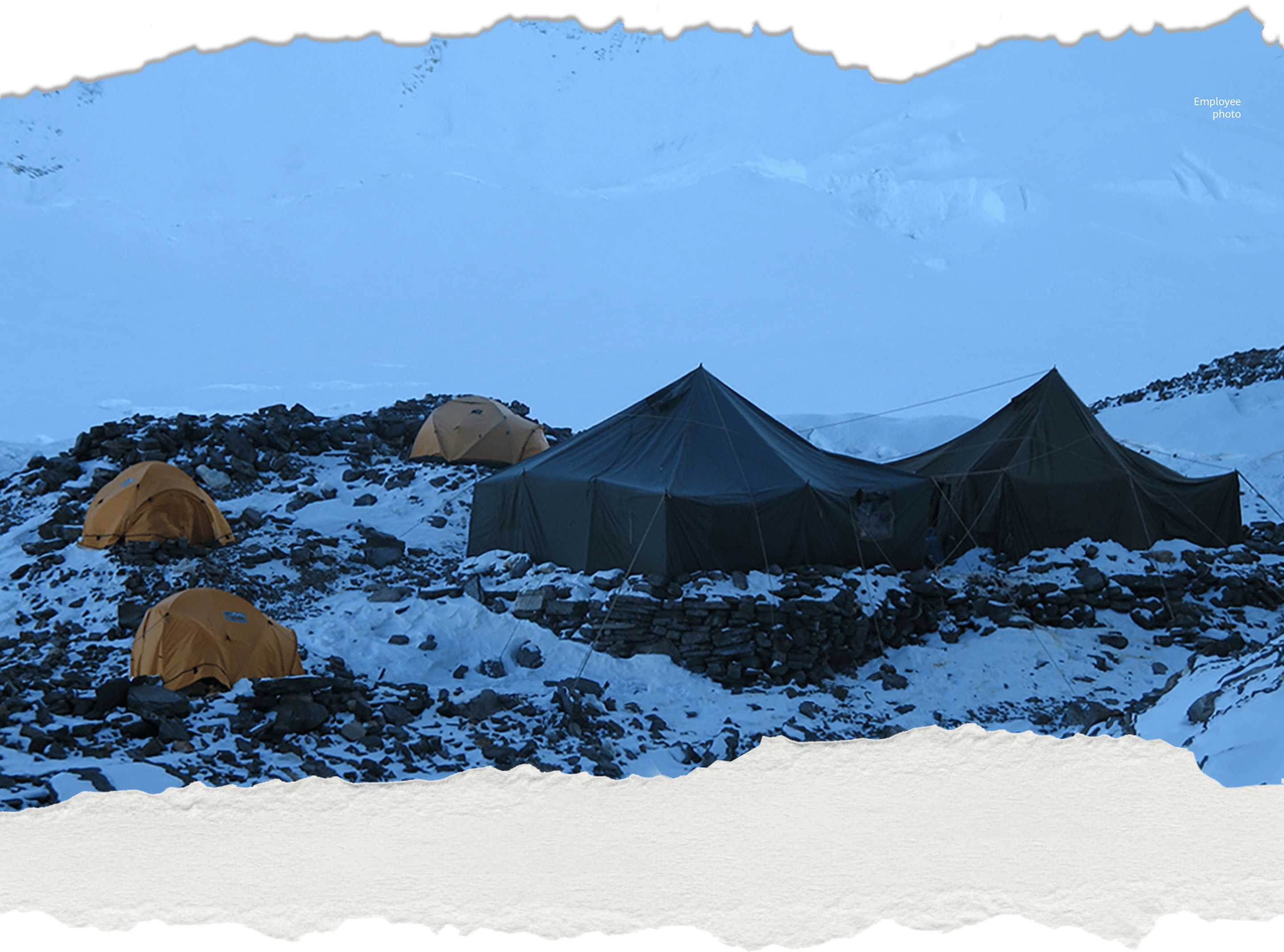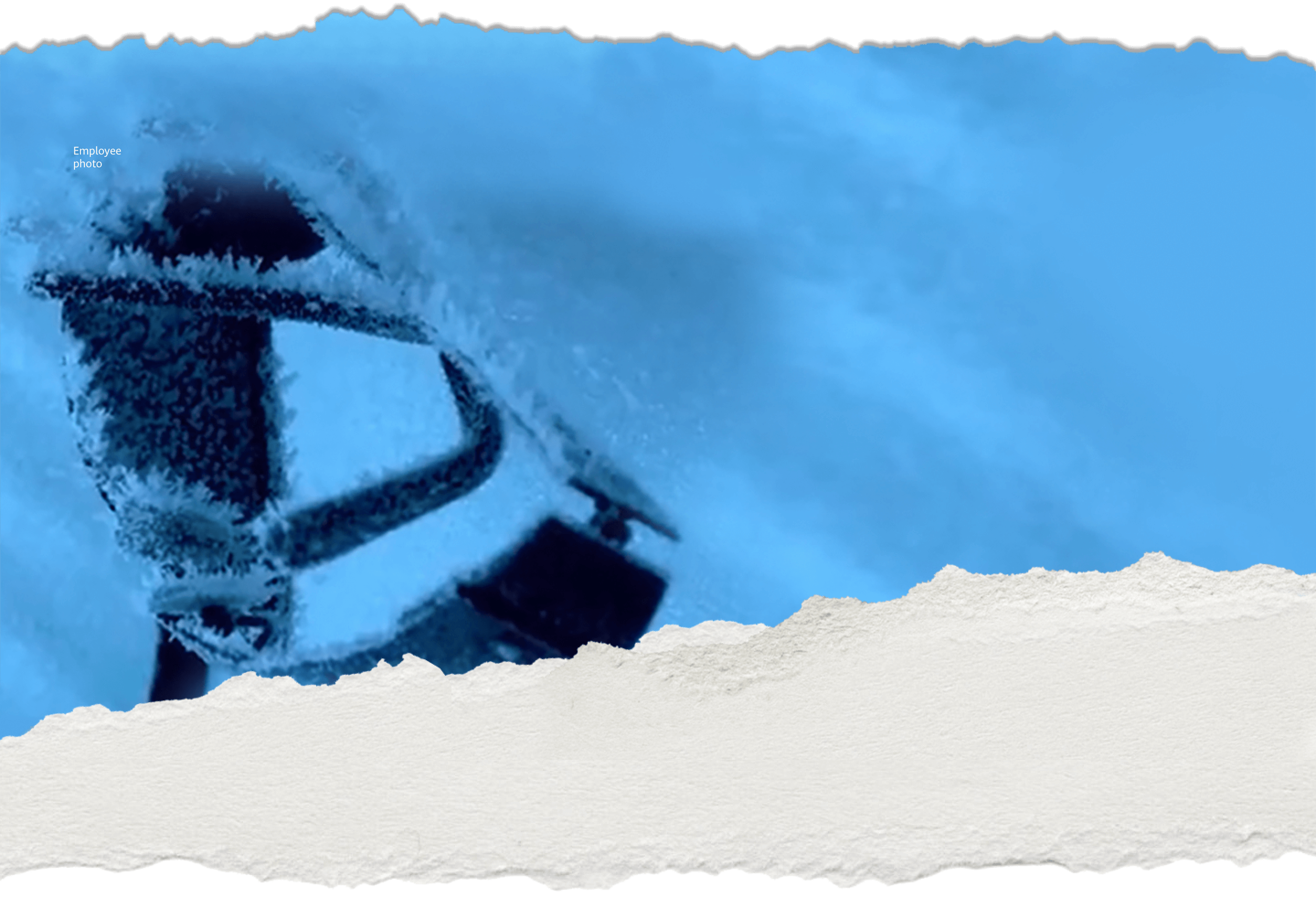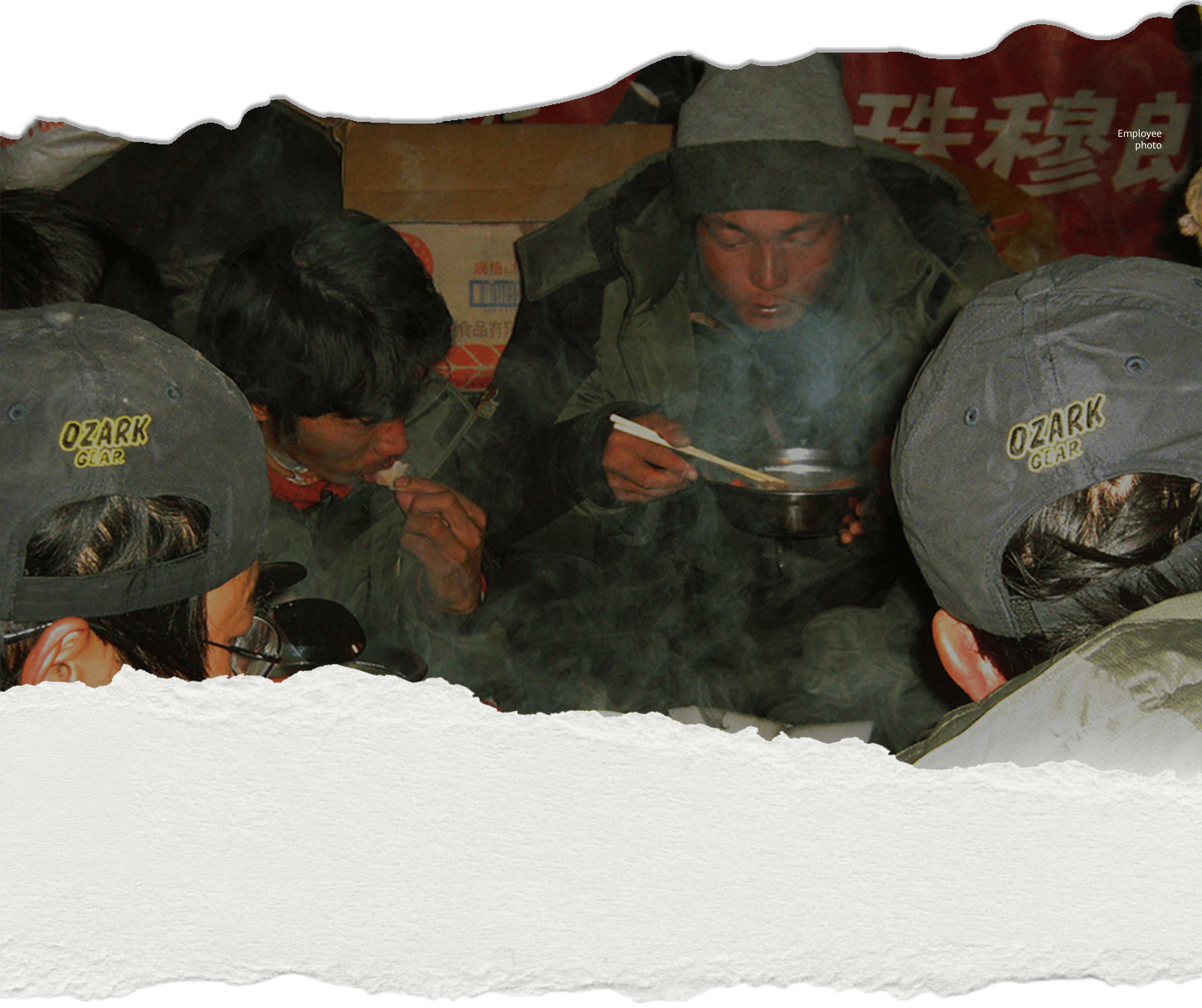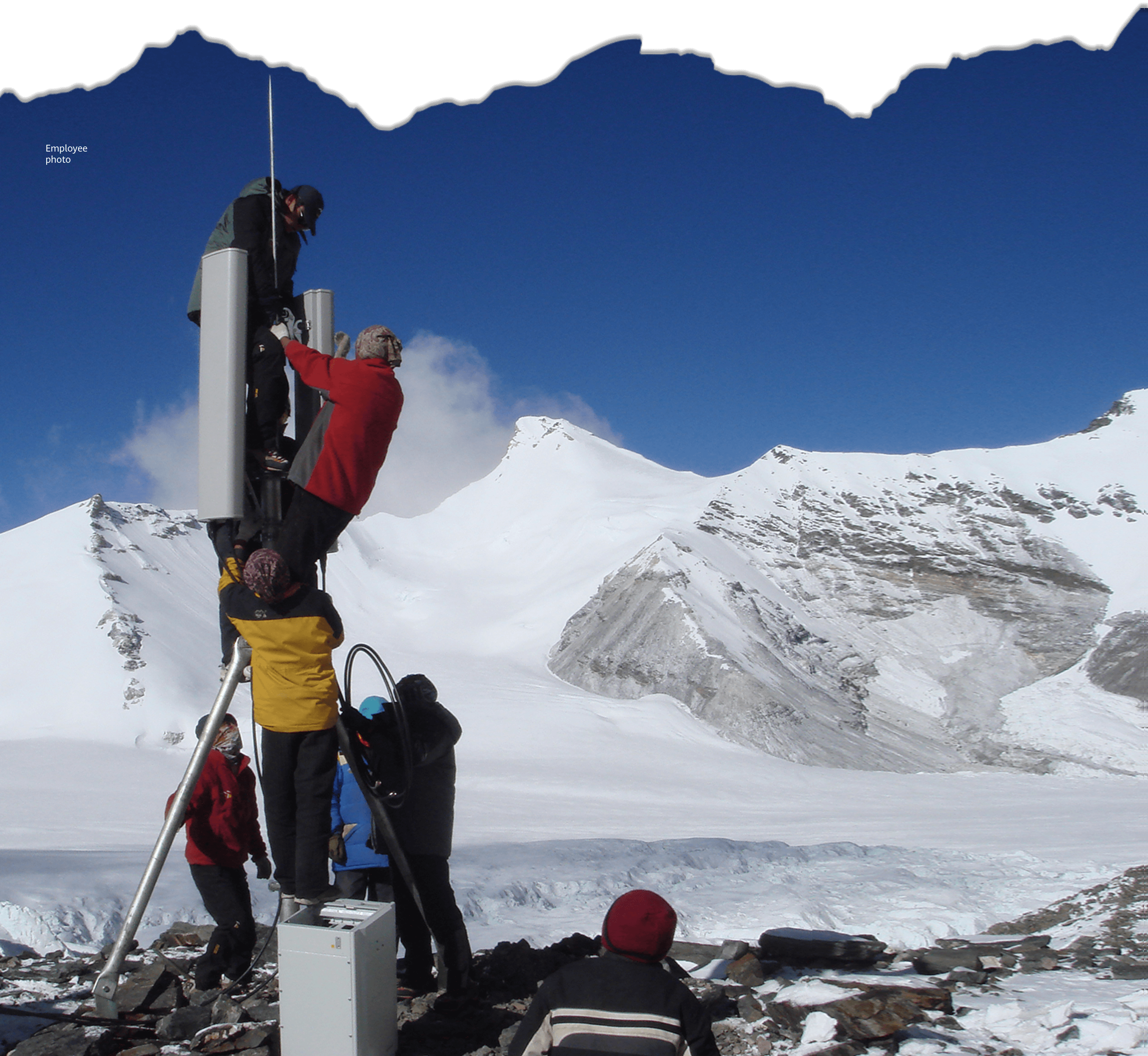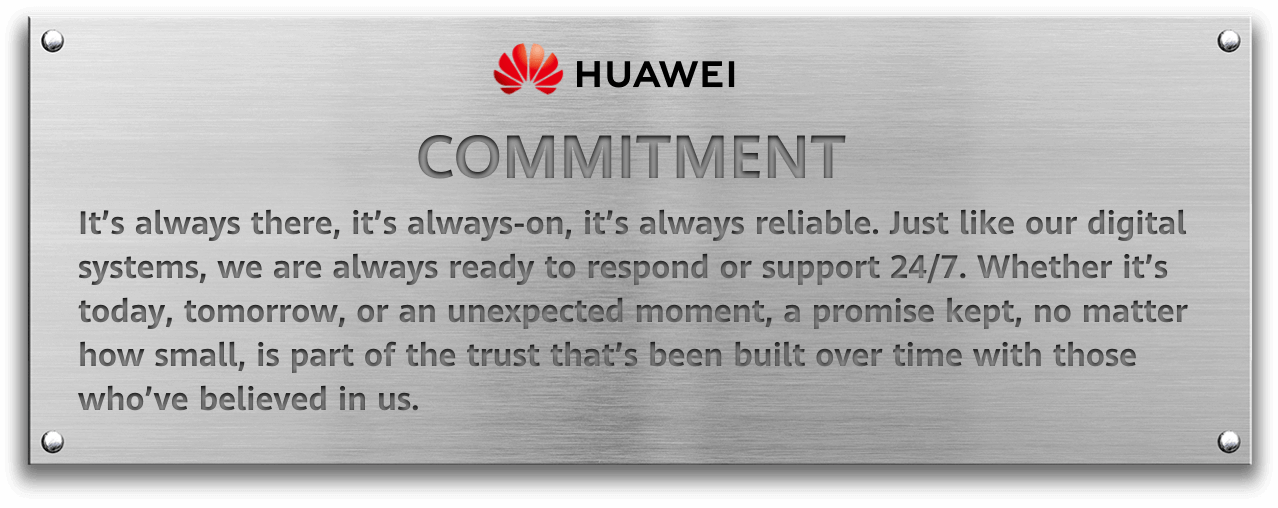Dec 2007 at 6,500 meters
Equipment preparation was crucial to dealing with the unpredictable weather at this altitude. Equipment had to be reinforced, the modules had be kept separate. Eventually in the middle of winter 2007, the first Mt Everest base station came online.
